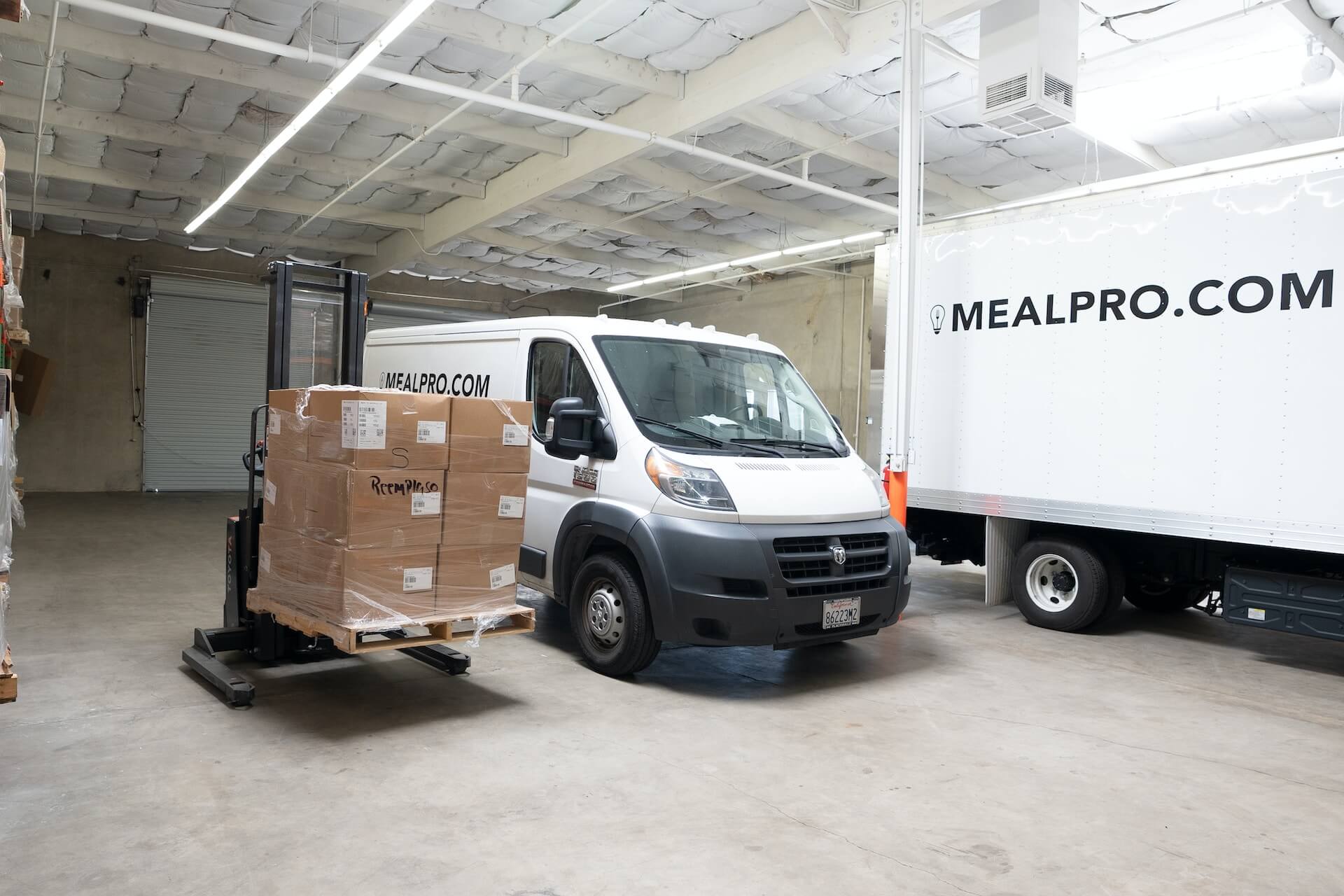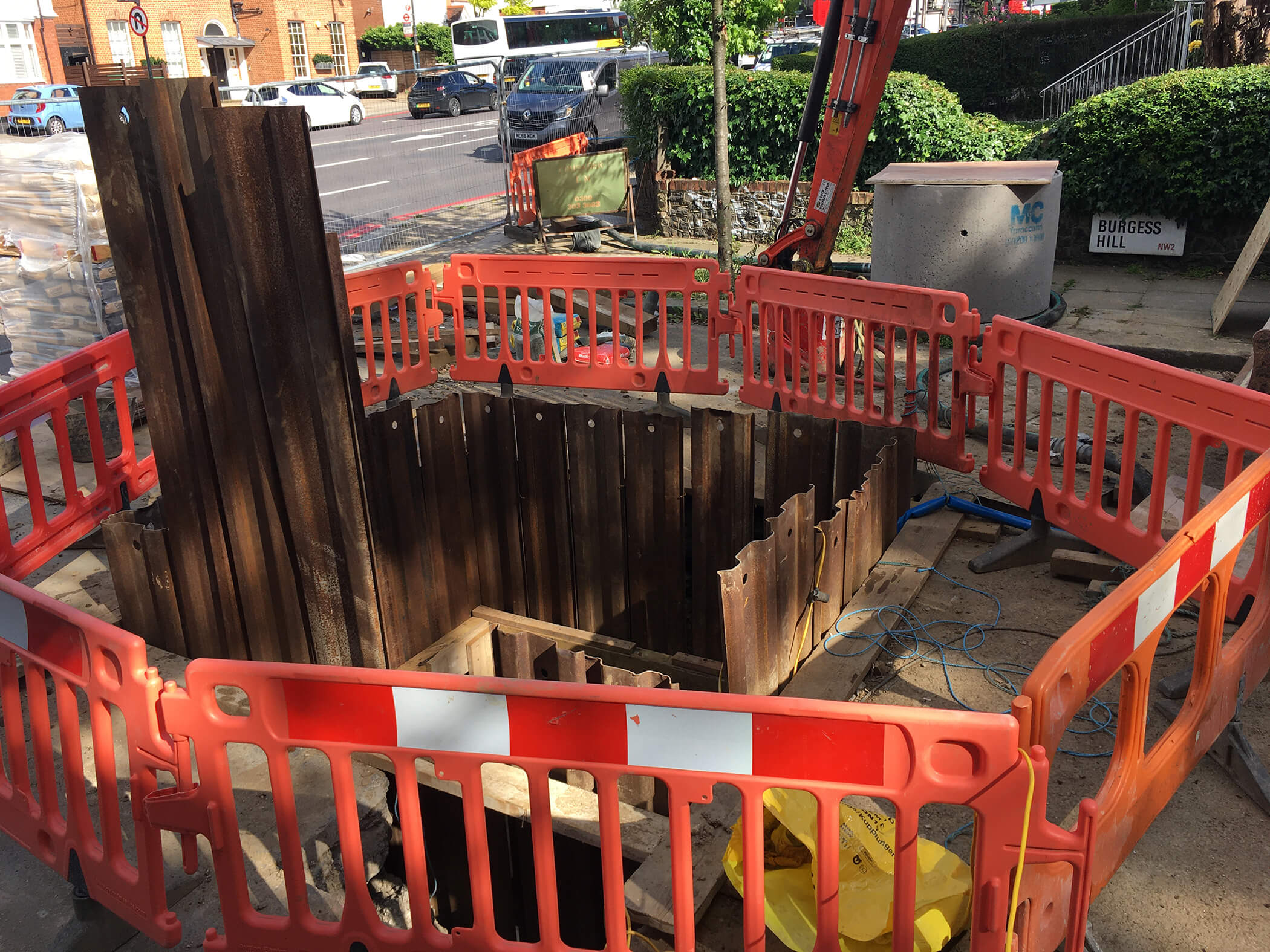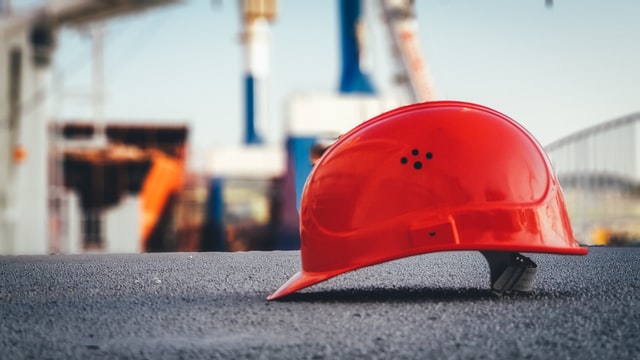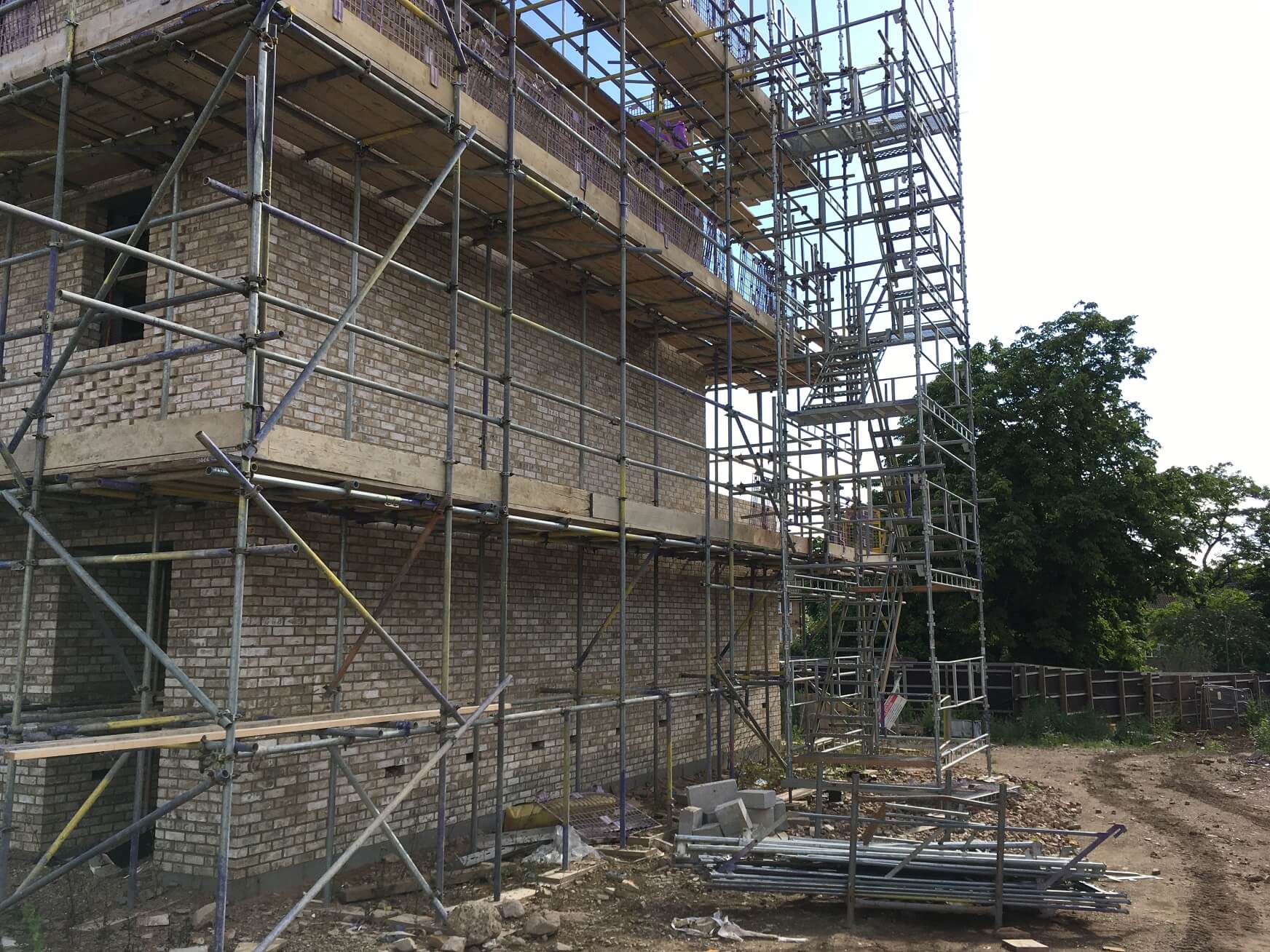Moving an office is an hard it requires planning team and organisation hence it takes 6-12 months to complete a large office move. Understanding how long an office move process takes is key to managing this big relocation efficiently. Let’s take a look at the typical timeline and what’s involved.
Key Points:
- Initial planning: 6-12 months
- Searching and selection: 2-4 months
- Design and fit-out: 1-3 months
- Actual move: 1-2 weeks
- Settling in: 1-2 months
Initial Planning
It’s no secret that success lies in thorough planning. When you’re considering an office move, the groundwork can begin between 6-12 months before the actual move date. This period includes understanding your current space, and future requirements, and setting a budget. It’s all about getting a clear picture of what you need to manage an office move successfully.
The Search and Selection

Next up is the hunt for a suitable new location, which can take 2-4 months. This includes scouting potential sites, conducting site visits, and negotiating leases. It’s essential to find a space that aligns with your company’s values and future growth plans.
Design and Fit-Out
Once you’ve sealed the deal on the new office, it’s time for the design and fit-out phase. This takes 1-3 months depending on the size of the office and the extent of customisation required. This period is crucial for setting up a workspace that encourages productivity and positivity.
The Actual Move
Finally, the big day arrives! The physical process of moving can take anywhere from a single day to 1-2 weeks, depending on the size of your office and the distance to the new location. This is the time when all the planning comes to fruition, and you see the new space coming together.
Settling In
Once the physical move is complete, it’s all about settling into your new environment. This can take 1-2 months as employees adjust to the new space, tweak their workstations, and get used to the new commute.
In a Nutshell
Managing an office move takes up to a year, with the actual move taking a few days to a couple of weeks. However, remember that these are estimates – the duration can vary based on several factors, such as the size of your office, the distance to the new location, and how quickly decisions are made.







